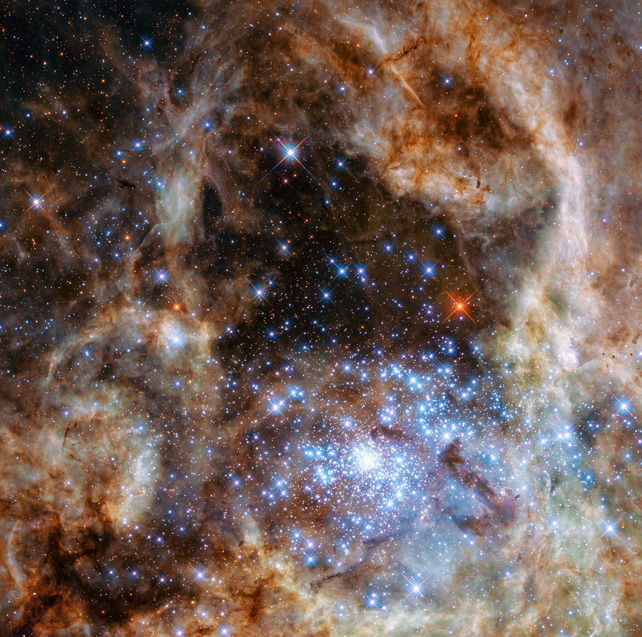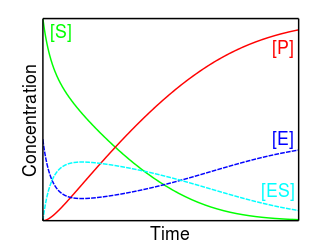Launched on February 17th, the Hitomi telescope is an X-Ray telescope commissioned by the Japanese Aerospace Exploration Agency (JAXA). While everything looked fine for the telescope during testing done since launch,  when it was time to power up for real work this past Sunday, the satellite was strangely quiet.
when it was time to power up for real work this past Sunday, the satellite was strangely quiet.
Engineers have been unable to determine the health of the satellite since the sudden disruption in communications, JAXA said, although ground controllers received a brief signal from Hitomi.
Shortly after the go-live time, the US Joint Space Operations Center, which tracks space debris, picked up 5 objects orbiting near where the satellite was or was supposed to be. Work is now underway to determine what happened to the Hitomi, as well as to see if the 3-year mission can be salvaged or not.
Whatever the cause of the problem, don’t count Hitomi out yet. “The interesting thing about the Japanese is they tend to be very good at resurrecting things that would otherwise be dead,” says Jah. For instance, JAXA recently maneuvered the Akatsuki satellite into orbit around Venus, after the probe had been adrift in space for five years.


 Well, Smithsonian Magazine is here to teach us that no,
Well, Smithsonian Magazine is here to teach us that no, 


![[S]](https://upload.wikimedia.org/math/3/8/b/38bd6c19740e43396bd14b1575d58f60.png) , asymptotically approaching its maximum rate
, asymptotically approaching its maximum rate  , attained when all enzyme is bound to substrate. It also follows that
, attained when all enzyme is bound to substrate. It also follows that ![V_\max = k_\mathrm{cat} [E]_0](https://upload.wikimedia.org/math/c/4/b/c4bde41958e29d794fda5e9cdf3a949d.png) , where
, where ![[E]_0](https://upload.wikimedia.org/math/3/5/7/357bc494f724ede952492cec26d55c2a.png) is the initial enzyme concentration.
is the initial enzyme concentration.  , the turnover number, is the maximum number of substrate molecules converted to product per enzyme molecule per second.
, the turnover number, is the maximum number of substrate molecules converted to product per enzyme molecule per second.